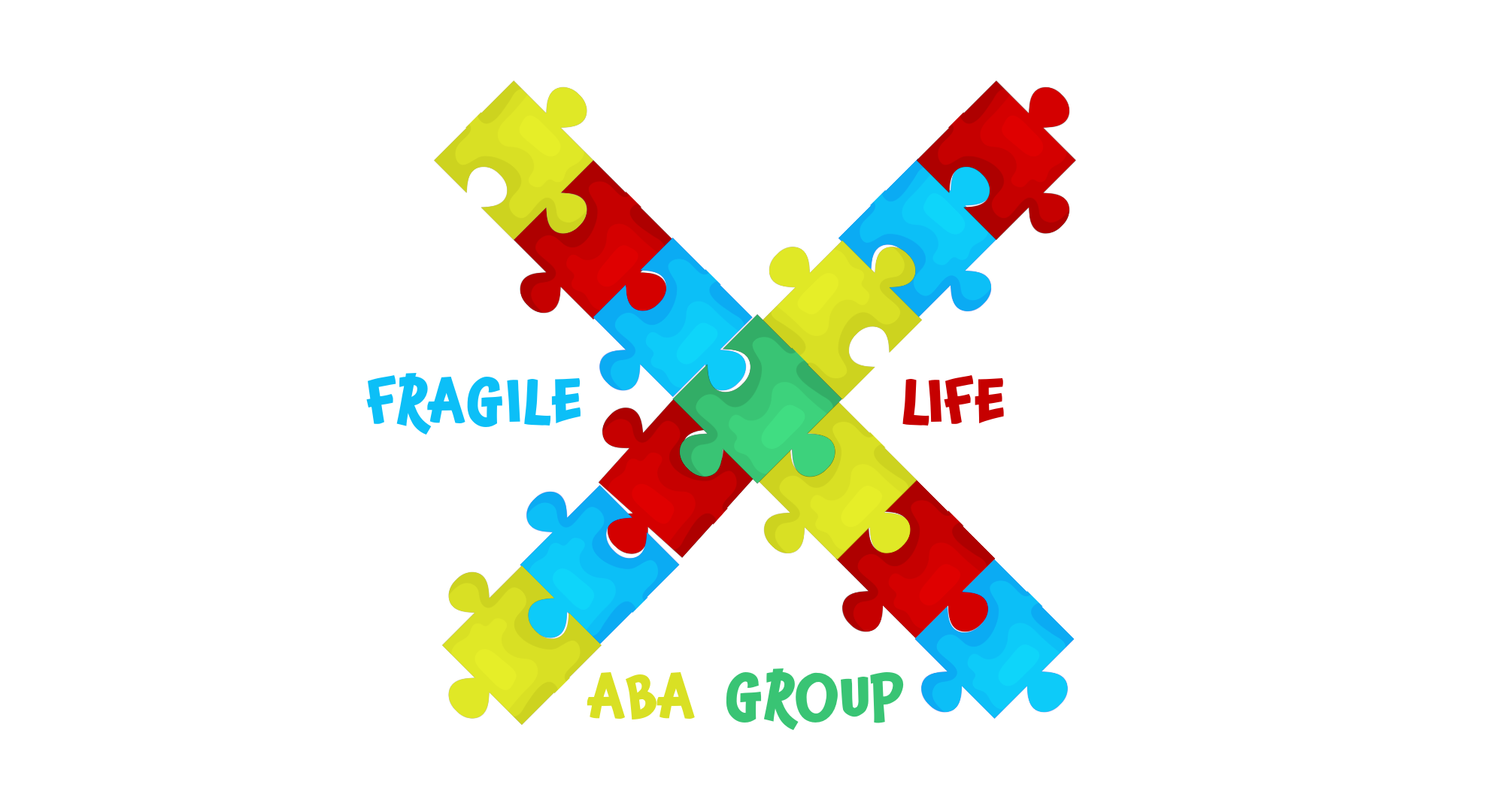When your child receives an autism diagnosis, it can feel like your world shifts. You may experience a mix of emotions—relief, fear, grief, hope—all at once. One of the first major steps you’ll face is sharing the news with your loved ones. Talking to family and friends about your child’s diagnosis isn’t always easy, but it can be one of the most important parts of building the support system you and your child need.
Here’s how to approach the conversation with clarity, confidence, and compassion.
1. Start With What You Know
Before talking to others, take some time to understand the diagnosis yourself. Learn the basics about Autism Spectrum Disorder (ASD) and what it means for your child. Know that no two children with autism are exactly alike—your child’s needs, strengths, and challenges are unique. When you’re informed, you’ll feel more prepared to answer questions and ease concerns.
Tip: Keep a few trusted resources handy to share with family later. The CDC, Autism Speaks, and the Autism Society all offer clear, evidence-based information.
2. Choose the Right Time and Setting
This is a meaningful conversation, and it deserves a thoughtful setting. Choose a time when your loved ones can give you their full attention, free of distractions. Whether it’s a phone call, video chat, or face-to-face, make sure it feels like a safe space for everyone involved.
If you’re speaking to multiple people, consider whether it’s better to share the news all at once or individually—based on their personalities and your comfort level.
3. Share With Openness, Not Apology
Remember, a diagnosis is not a negative—it’s a pathway to understanding. Try to frame the conversation in a way that centers your child’s growth and potential.
You might say something like:
“We recently learned that [Child’s Name] is on the autism spectrum. This helps explain some of their behaviors and learning style, and now we have tools and support to help them thrive.”
Avoid language that suggests shame, guilt, or blame. Your child’s diagnosis is not something to hide—it’s simply a part of who they are.
4. Be Honest About What You Need (and Don’t Need)
People may react with questions, unsolicited advice, or even silence. That’s okay. Let them know what would be most helpful for you right now. For example:
“Right now, we’re learning a lot and taking it one day at a time. We’d love your support just by being understanding.”
“We’re not looking for solutions—we just want to share where we’re at.”
If someone isn’t receptive or reacts poorly, remember: their response says more about their own discomfort or lack of understanding than it does about your child.
5. Offer Ways to Stay Involved
Sometimes, loved ones simply don’t know how to support you or connect with your child. Give them options:
Invite them to attend a therapy session or learn more about ABA therapy.
Share articles or books about autism.
Suggest activities your child enjoys that they can do together.
Let them know their love and presence are still meaningful, even if things look different now.
6. Give Grace—for Them and for Yourself
It may take time for friends or family to fully understand your child’s diagnosis. That’s normal. You’re on a journey, and so are they. Be patient, answer questions when you can, and take breaks when you need to. You’re allowed to protect your peace while still advocating for your child.
Final Thoughts
Talking to family and friends about your child’s autism diagnosis can feel overwhelming—but it also opens the door to support, connection, and deeper understanding. You’re not just sharing a diagnosis; you’re inviting others to walk beside you and your child in this new chapter.
The more you speak from a place of love, acceptance, and advocacy, the more likely others will respond in kind. And remember, you’re not alone—there’s a whole community here to support you every step of the way.

